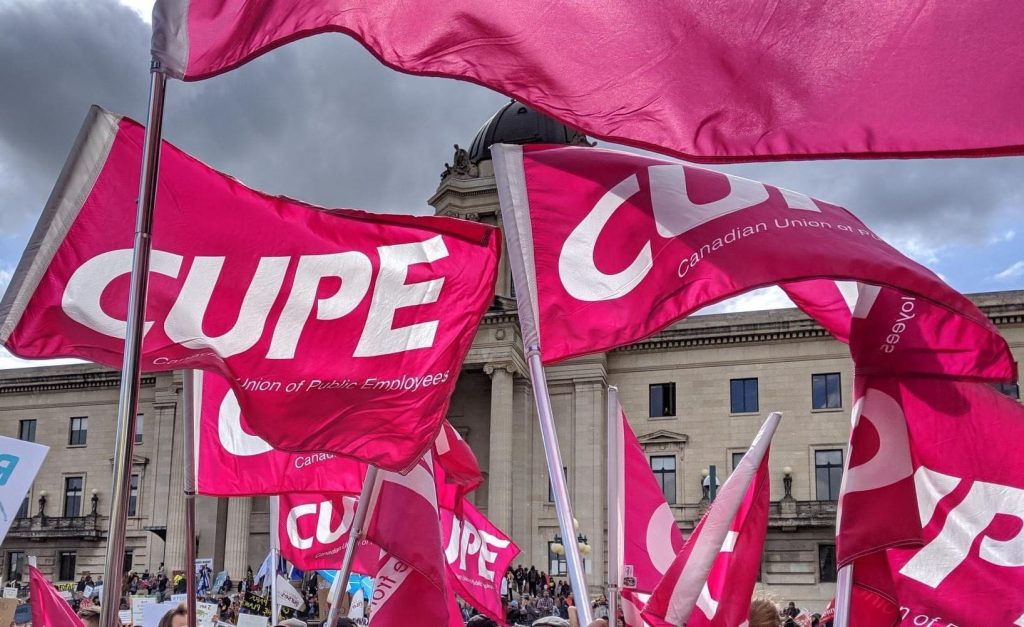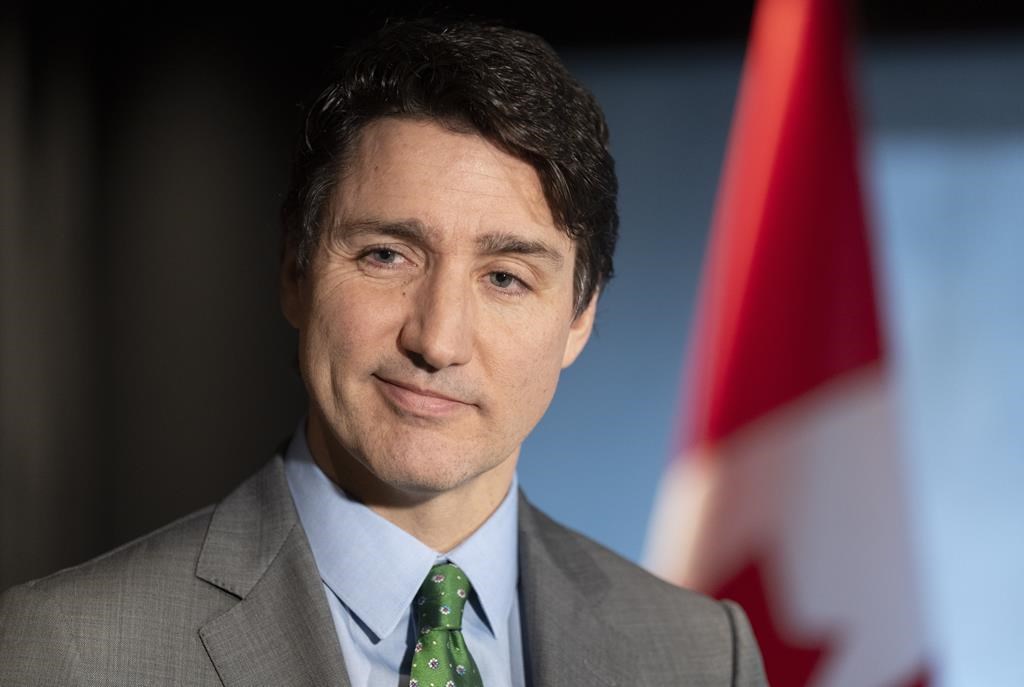Can Winnipeg achieve its zero-emissions target by 2050?
Posted July 4, 2022 12:41 pm.
The City of Winnipeg is now taking steps towards a zero-emissions future, after a council committee unanimously approved a multi-billion-dollar road map last week.
The report, called The Community Energy Investment Roadmap, outlines a series of targets to reduce emissions in five different sectors. It also provides recommendations to make this plan achievable.
“It is achievable if we all work together on this and I think, as the public, I think we need to recognize that it is absolutely necessary,” said Curt Hull, the project manager for Climate Change Connection.
“It recognizes what the actual objective is, which is zero emissions by 2050.”
The report focuses mainly on Winnipeg’s two largest emitters: transportation and natural gas heating.
The road map outlines requirements for all new car and passenger truck sales to be zero emission by 2035 and recommends making transit fully electric by the same year.
RELATED:
- Electric car sales doubling, net-zero target in reach: report
- Canada outlines $9B plan to cut greenhouse gas reduction 40% by 2030
- World hurtling to climate danger zone, brakes half-pulled
As for homes, businesses and industrial buildings, the challenge is keeping these places heated without the use of gas.
Hull says there are ways to do this.
“First thing, deep energy retrofits for our buildings,” he said. “We need to make our buildings more efficient. We have to make our new buildings as efficient as possible. They should be net zero right off the bat. To make the heating of buildings as efficient as possible, we need to use heat pumps.”
The plan suggests all residential buildings built before 1980 be retrofitted by 2035, with remaining homes retrofitted by 2050.
As for commercial and industrial buildings, the goal is to have them rely on electric pumps by 2050.
Price tag: $23 billion over 28 years
But how much is this all going to cost?
The report says the road map will be around a $23 billion investment over the next 28 years, which will be about one per cent of Manitoba’s GDP every year.
Hull says it is a lot of money, but it will be worth it.
“If we do achieve the energy efficiency’s in our buildings for example, our energy costs go down. That is part of the benefit we all get to achieve,” he said.
The Government of Canada already has a plan in place to have net-zero emissions by 2050, with cities like Vancouver, Toronto and Halifax already having initiatives of their own as well.
READ MORE: Greenhouse gases from food waste, how bad is it?
But Hull says this plan separates itself from the others by providing a specific target of zero emissions and then develops a plan to reduce fossil fuel dependence to zero.
“It looks at what the costs and benefits are if we are to address the climate crisis effectively and efficiently,” said Hull. “We are actually going to have to invest some effort and money into this, but the benefit outweighs the investment and that’s
what this report shows.”
But in order to achieve this goal by 2050, Hull says it needs to be a team effort.
“It needs to be a concerted project undertaken by Efficiency Manitoba, Manitoba Hydro, the Manitoba government, the federal government, businesses need to be involved and the general public needs to get on board. That’s what we need.”








